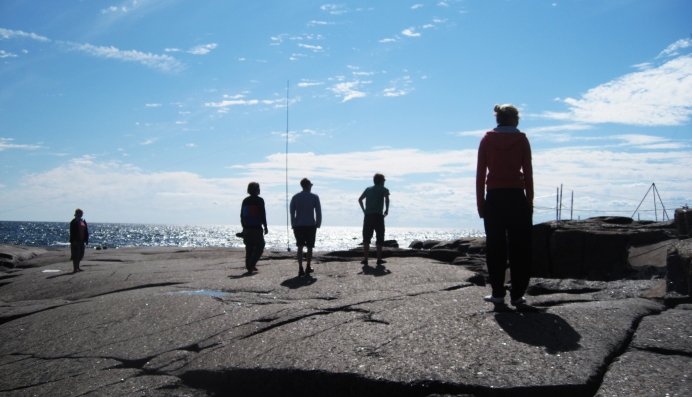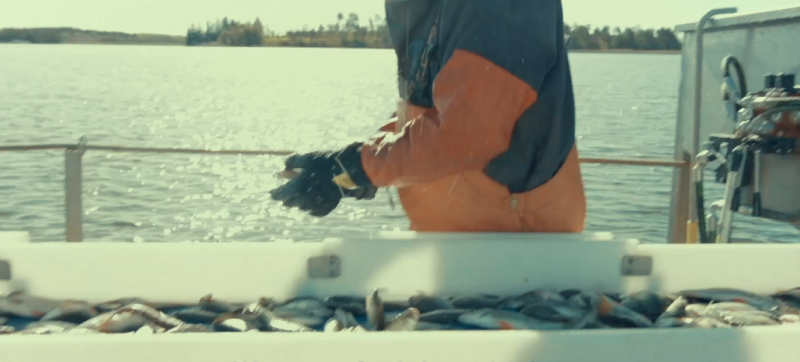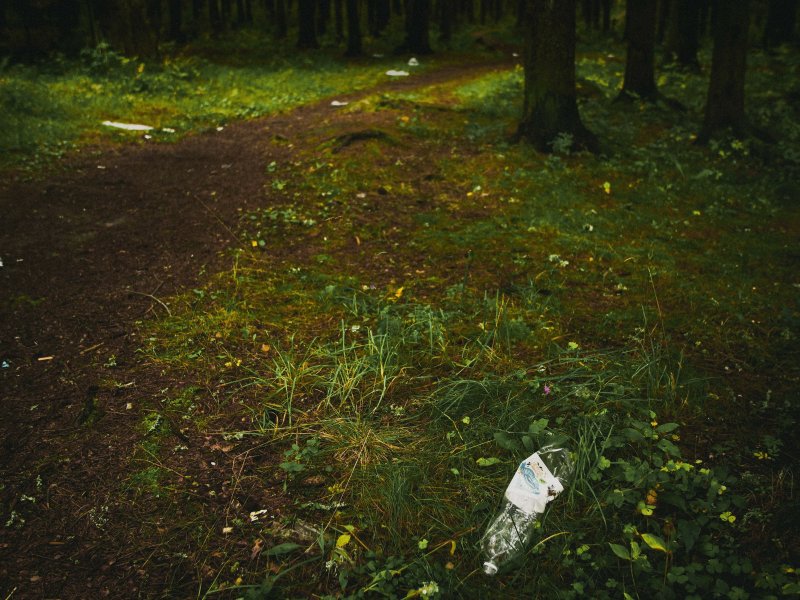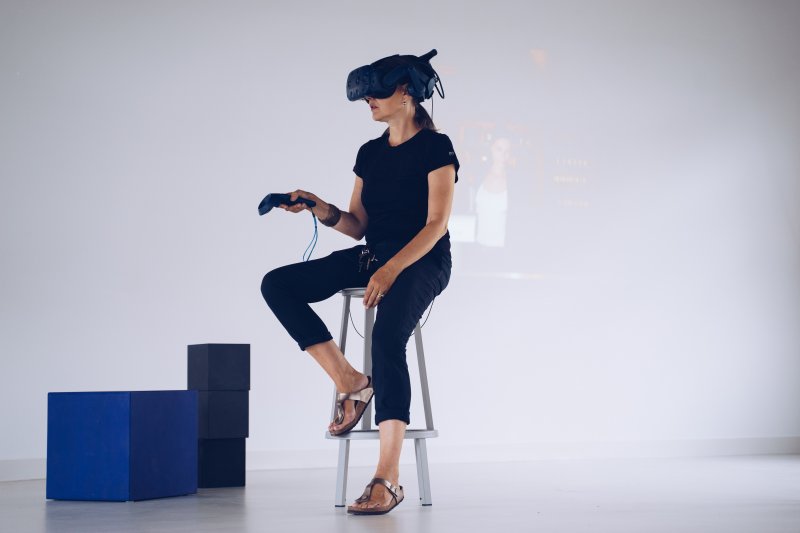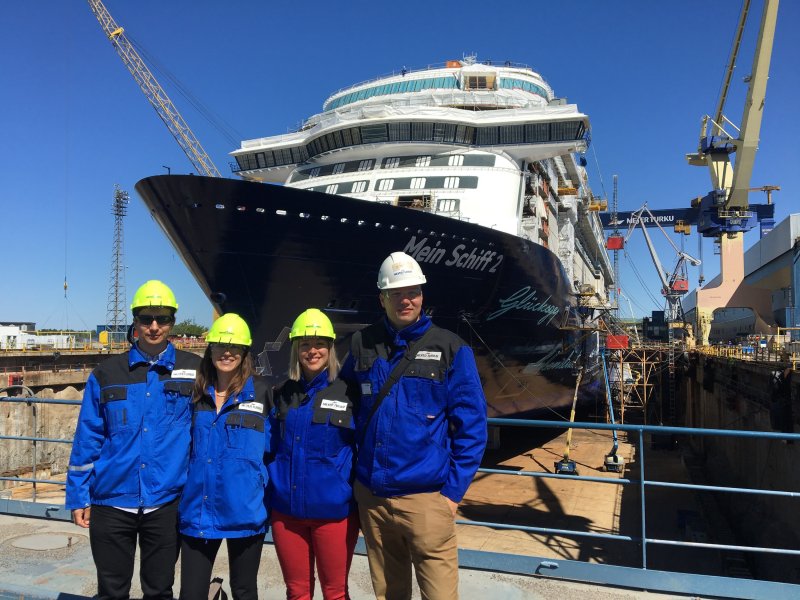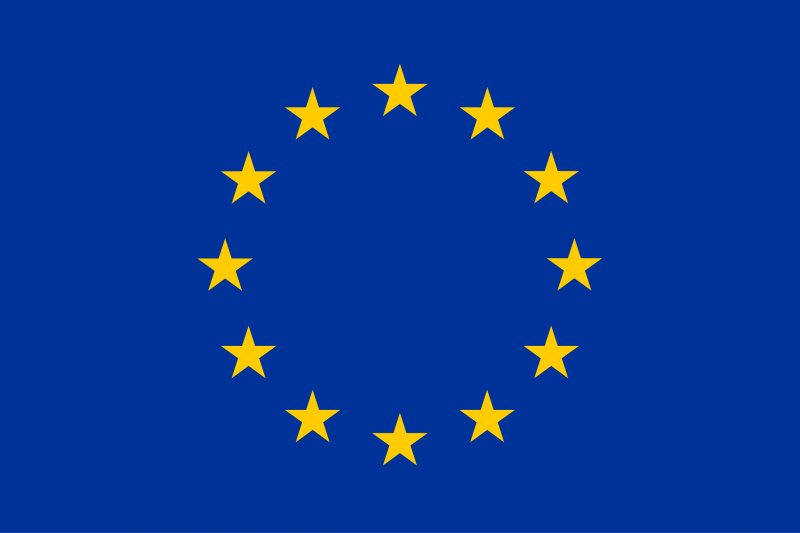But, have you ever thought about the Baltic Sea region from the point of view of the European Union?
You probably know that the EU helps and supports, for example, to improve infrastructure, the blue flags visible here and there, but pointing out the concrete results in your region can result in silence.
And that is no wonder if the EU and its policies seem complicated. However, by learning a few somewhat complicated acronyms or words, you will start to see how the EU is present and what benefits it brings to you.
What benefits does the EU bring to the Baltic Sea region and how?
As we are focusing on the Baltic Sea region, it is important to mention the EU Strategy for the Baltic Sea Region, EUSBSR, the first EU macro-regional strategy. As regions have common challenges and opportunities, it often leads to better results when countries in one region work together. The EUSBSR in a nutshell is a platform for cooperation for the actors in the Baltic Sea Region.
The Strategy has three objectives: Save the sea, increase prosperity and connect the region. These objectives guide the work that improves the lives of the people living in the region.
The European Union has 28 members, eight of them forming the EU macro-region for the Baltic Sea. Even though we have many similarities, there are also many differences within the EU. It is beneficial to all the member states to balance these differences and to boost the development as it creates economic growth, job and overall societal stability. In practice, it works through EU Cohesion policy funding.
For the Baltic Sea macro-region, Cohesion policy becomes visible in cross-border and transnational projects that are often funded from European Regional Development Fund (ERDF).
With the following five projects as examples, it is time to zoom in on the positive effects EU Cohesion policy brings to the Baltic Sea Region!
SAVE THE SEA
Projects working with environmental issues are often directly or indirectly connected to the well-being of the sea.
Eutrophication is a word is inevitable not to hear when you deal with the Baltic Sea, and this has been also in the core of NutriTrade, a project that developed efficient measures to reduce nutrients in the Baltic Sea. The project cooperated with different actors ranging from policy makers to entrepreneurs who all share the same goal - to save the sea. To reduce nutrients, the project tested gypsum treatment in the fields, fishing of cyprinid fish for food production and crowdsourcing to finance initiatives for the sea. Activities in Nutritrade captures well the spirit of the region: by working together with an innovative mindset we can make a difference.
Littering has become one of the pressing problems of our times, and no country is immune to this. We become more and more aware of the threats microplastics pose to the Baltic Sea. Wasteless Karelias is a project between Finland and Russia and deals with waste management in rural villages. The project sparked from realizing that the neighbouring countries, Finland and Russia, share similar problems and by solving them together, they can achieve better results. By proper waste management and recycling, there will be less litter in nature, including the sea. The project is also a good example of the importance to extend cooperation beyond borders, in this case, the European Union borders, since environmental challenges do not hold passports. This is also one reason why the EU Strategy for the Baltic Sea works actively with non-EU countries and improves cooperation between the Strategy members and its neighbours.
INCREASE PROSPERITY
Countries in the Baltic Sea region score high in many rankings when it comes to innovations and competitiveness. These capacities are harnessed and fostered also in many projects that aim to increase region’s prosperity.
Technological development has changed the way we regard industries. Today, it is more often virtual products and services that are having more and more important role in many countries’ economic development. The Baltic Game Industry project is working with one of these rising industries, games and game development. There is lots of potential in games – but some challenges to overcome to make the most of it. One of the biggest challenge is to change how we see games. They are art and entertainment but also a serious business that should not be looked down on. Games and virtual reality can be used, for example, in medical treatments, and they can truly revolutionise our lives. And, the people in the Baltic Sea region are in the forefront in this development!
When talking about prosperity, it does not only mean money. Our culture and shared heritage have contributed greatly to the way we live today and enables us to further develop the region. Knowing where we are coming from and how our culture has evolved is crucial. Lystra is a project digging deeper in cultural and natural heritage of the Baltic Sea region. The project takes place in the World Heritage Site at High Coast/Kvarken Archipelago between Finland and Sweden, the best place to see the traces of the last Ice Age. Understanding how the Ice Age has shaped the Baltic Sea helps us to make sustainable decisions for the future when it comes to land use, tourism or business. In addition, understanding that we share heritage contributes also to peace in the region.
CONNECT THE REGION
The Baltic Sea connects us. So well that it is one of the busiest seas in the world in terms of shipping. But taking into account the current environmental conditions, the traffic takes it toll.
To stay both connected and have a well-being sea, we are required to develop cleaner and safer shipping. One way to increase eco-efficiency is using digitalisation. This is tested in ECOPRODIGI, a project that addresses both economic and environmental challenges. It pilots digital solutions throughout the vessel cycle to optimize processes. In addition, it works in close cooperation with the end users and private sector which enables to implement project’s results immediately. It supports the EUSBSR objectives and the whole region in becoming a global model in maritime industry digitalisation and clean shipping.
The article is part of an European Union funded project "Cohesion through EUSBSR" promoting positive results of EU Cohesion policy in the Baltic Sea macro-region (EUSBSR).
The article reflects only the author's view and the European Commission is not responsible for any use that may be made of the information it contains.
With financial support from the European Union




